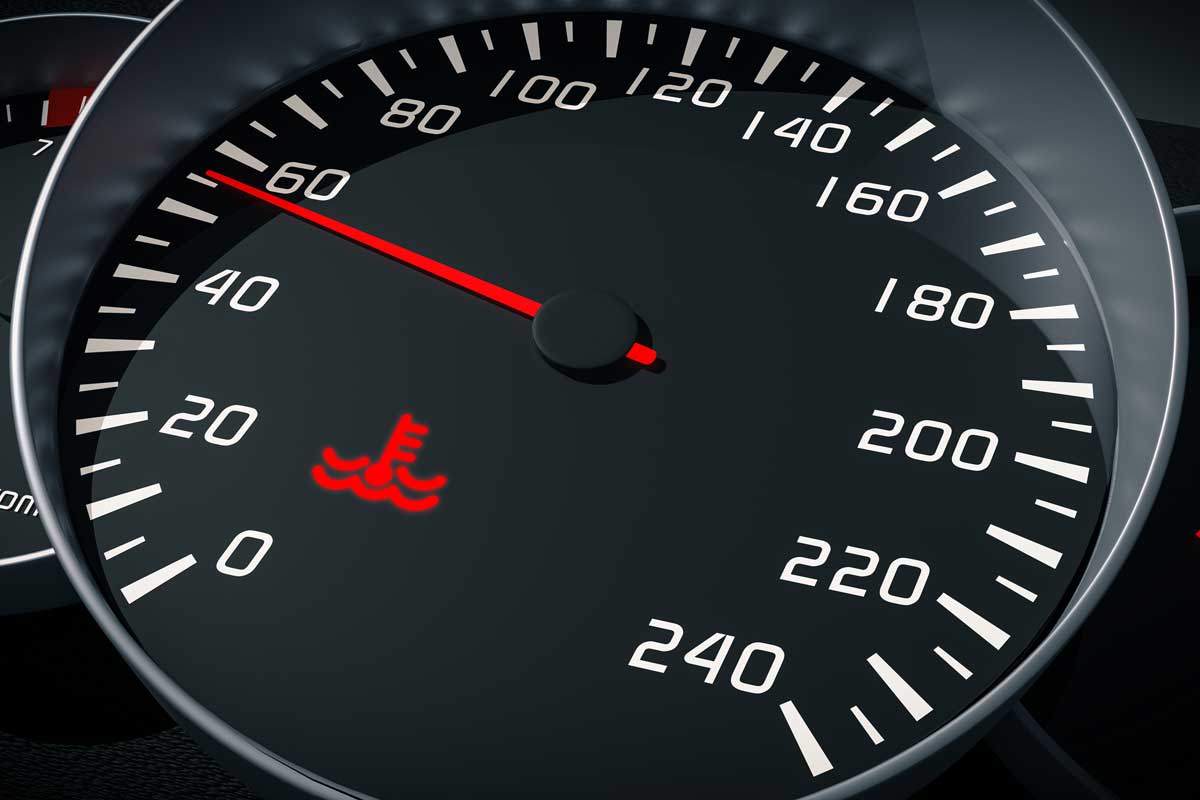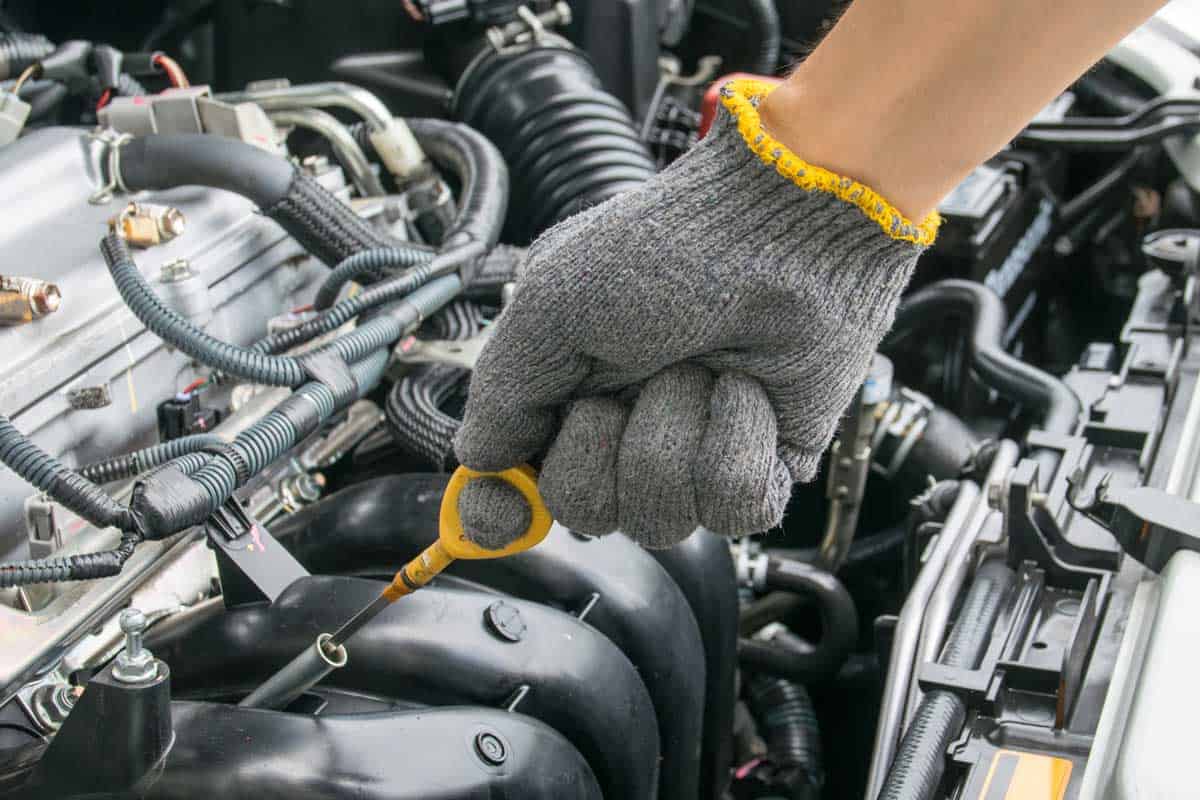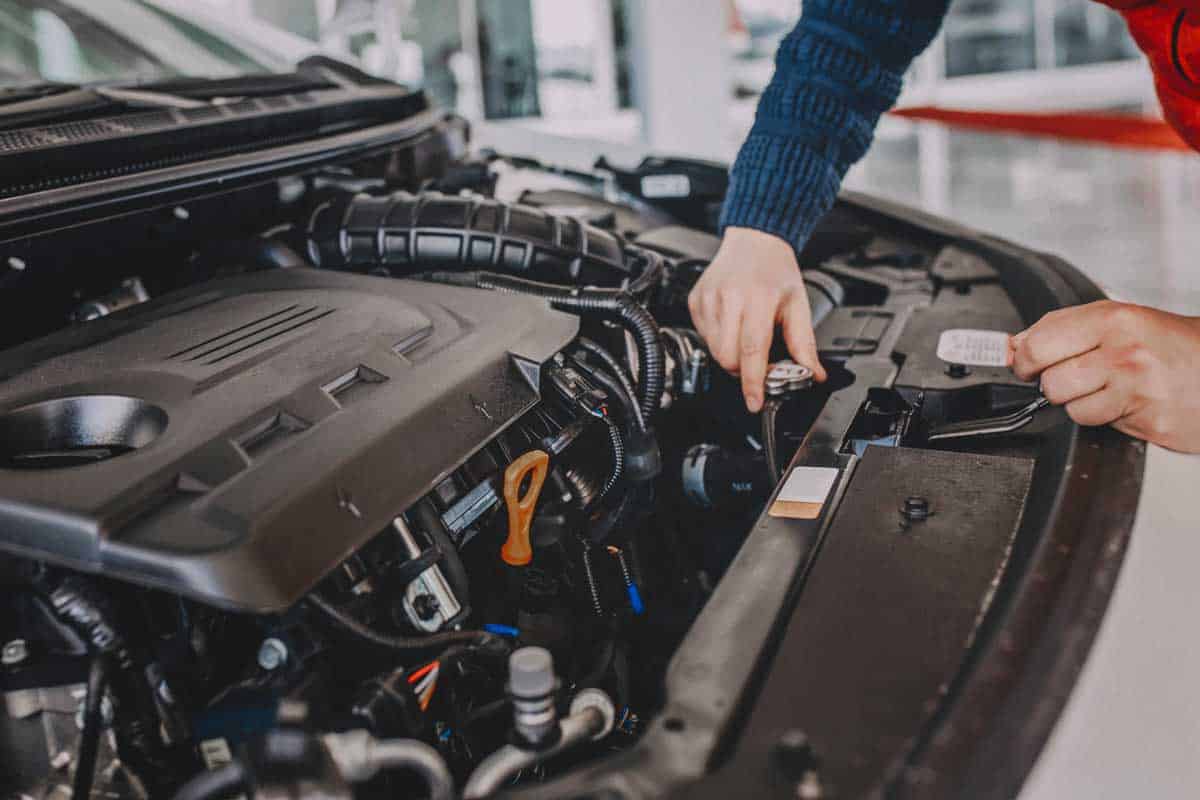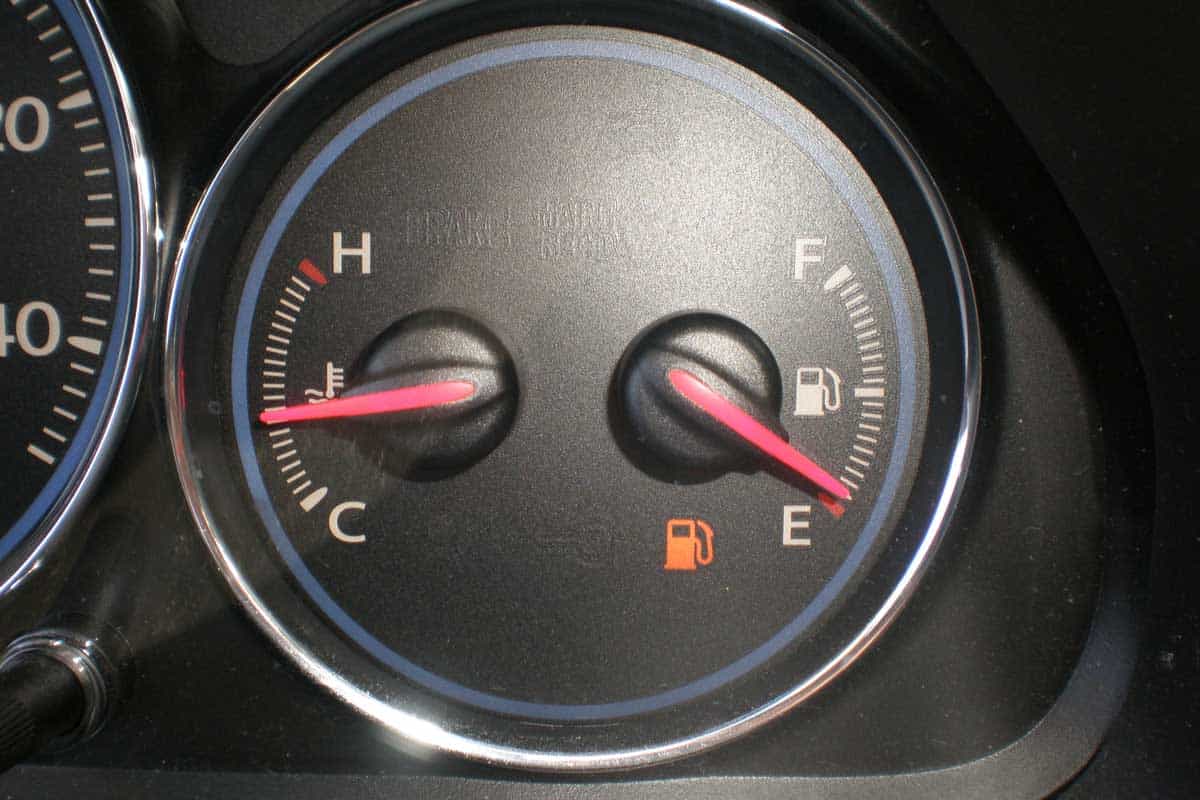 Your car, just like you, runs best when it can properly regulate its temperature. Too cold, and your engine might not start or run correctly. Too hot, and you risk causing severe damage to some of the engine’s internal components. So what causes a car to run hot? Rest assured, we’ve researched what causes a car to run hot while driving and have compiled the following guide for you.
Your car, just like you, runs best when it can properly regulate its temperature. Too cold, and your engine might not start or run correctly. Too hot, and you risk causing severe damage to some of the engine’s internal components. So what causes a car to run hot? Rest assured, we’ve researched what causes a car to run hot while driving and have compiled the following guide for you.
There are several common reasons why your car might run hot while driving:
- Low coolant
- Low motor oil
- A malfunctioning radiator
- A malfunctioning car thermostat
Now that you know the most common reasons why your car might run hot while driving, let’s more deeply explore each possible cause, and what you can do to fix it. Read on to learn all you need to know about keeping your car running at the right temperature while driving.
What Causes a Car to Run Hot?
Your car’s radiator is a system designed to vent excess heat away from your engine and into the surrounding air. With a properly functioning radiator, your car’s engine should be able to maintain the right internal temperature irrespective of the air temperature outside. Sometimes, however, your car will run hot while driving.
This is a common problem, especially in older cars, and can cause a high degree of damage over time if left unattended. In extreme cases, your car running too hot while driving can even cause the engine to overheat, sometimes leading to catastrophic engine failure. Keeping your vehicle from running too hot while driving is vital to ensuring the longevity of your vehicle.
Low Coolant

Coolant is the fluid that goes into your car’s cooling system. Liquid coolant is usually a 50/50 blend of antifreeze and water. Antifreeze is added to the mix because if you were to run straight water in your cooling system, the water could freeze and severely damage your radiator in cold weather.
The cooling system runs the coolant fluid through the hot engine block and back to the radiator, where the wide surface area and fan will, yes, radiate much of the heat to the surrounding air. The now cooler coolant is returned to the engine block to absorb more heat, and the cycle goes on.
If your coolant levels are low, your cooling system will not be able to remove enough excess heat from the engine and could cause your car to run too hot. Check the coolant levels in the plastic reservoir located under the hood of your car after driving a short distance to see if your coolant is at the appropriate level. Most reservoirs are marked with a Maximum and Minimum range; if your coolant is low, fill the tank with fluid until the level reaches Max. Never, ever open the radiator cap while the engine is hot. The coolant in the radiator is under pressure and could explode if the cap is opened, which could cause severe burns or other injuries.
Some coolant loss over time is normal for your car’s cooling system. However, if your coolant reservoir gets low with irregular frequency, you probably have a leak somewhere in your cooling system. Due to the precarious nature of the cooling system, it’s best to bring your vehicle into a professional mechanic if you think there might be a leak in the cooling system.
Low Motor Oil

Motor oil is another vehicle fluid that is crucial to keep at the proper levels to ensure the proper functioning of your vehicle. Motor oil is first and foremost essential for lubricating the internal moving parts of your car’s engine, but the movement of the fluid also helps to remove excess heat, much like coolant.
While the engine is cool, ideally in the morning before driving, check under the hood for your vehicle’s dipstick to read the motor oil level. If your motor oil is low, it could be what’s causing your car to run too hot.
Malfunctioning Radiator
If the fluid levels of both your car’s coolant and motor oil are not the issue, there could be a deeper issue within the radiator itself, such as a clog. While the cooling system is supposed to be a closed system, some debris will inevitably wind up inside as your vehicle is exposed to the elements. As well, some types of coolants can lead to residue build-up within the radiator and cooling system. For this reason, it’s always best to make sure you are using the most high-quality coolant that is available for your vehicle. Spending a little more on coolant now could save you thousands in repairs later.
The radiator fan is another part that could cause your car to run hot if it is malfunctioning. The radiator fan assists the radiator with venting excess heat; without the fan, the coolant will be returned to the engine block at too high of a temperature. An electric motor usually runs the radiator fan, and as such, any issue with this motor could be causing your fan not to function correctly.
Malfunctioning Car Thermostat
Your car’s thermostat is another crucial component that your vehicle uses to regulate its temperature. The thermostat measures the internal temperature of the engine and directs the cooling system to work at the proper level to maintain a safe operating temperature. If your car’s thermostat is malfunctioning, it could be sending the wrong signals to your vehicle’s cooling system and allow the engine to reach dangerous internal temperatures.
That covers the most common reasons why your car might run hot while driving, and what to do about them. Let’s follow up by answering some additional questions you might have in regards to your car’s temperature.
Is it Bad For a Car Engine to Overheat?

Yes, engine overheating can be very bad for your car. If the engine overheats, it could damage some of the more delicate internal parts of the engine, destroy rubber gaskets and seals, and even cause the engine to explode in extreme cases. You should avoid letting your car overheat at all costs to prevent thousands in damages and the potential loss of your vehicle, or your life.
How to Prevent a Car From Overheating
The simplest way to prevent your car from overheating is to pay close attention to the temperature gauge on your car’s dashboard. If your car’s temperature is getting out of the safe range of operation, pull over and allow your vehicle to cool down before continuing to drive. If your car’s temperature is regularly reading dangerously high on the temperature gauge, you should promptly bring it into a mechanic to assess the problem.
How to Read a Car’s Temperature Gauge
 A car’s temperature gauge swings between two readings, Cold and Hot, typically labeled as C on the left side and H on the right side. As you drive your car, the gauge will move from the low C range into its safe operating range. If the temperature gauge ever gets closer than ¾ of the way to the Hot reading or enters a red zone on specific gauges, it means your car’s engine is at risk of overheating. Pull over immediately, and allow your engine to cool before continuing to drive.
A car’s temperature gauge swings between two readings, Cold and Hot, typically labeled as C on the left side and H on the right side. As you drive your car, the gauge will move from the low C range into its safe operating range. If the temperature gauge ever gets closer than ¾ of the way to the Hot reading or enters a red zone on specific gauges, it means your car’s engine is at risk of overheating. Pull over immediately, and allow your engine to cool before continuing to drive.
Now that you’ve read our guide on what causes a car to run hot while driving, you’re sure to be well informed to keep your vehicle running smoothly and prevent any severe damage that improper temperatures can cause. There are some other common issues that involve high temperatures and the proper functioning of your vehicle. If your car overheats while idling, you may have a different problem that requires a different solution. If your car won’t start when hot, the issue may be different entirely. As always, it is best to bring your car in to a professional to assess the damage and manage repairs.
